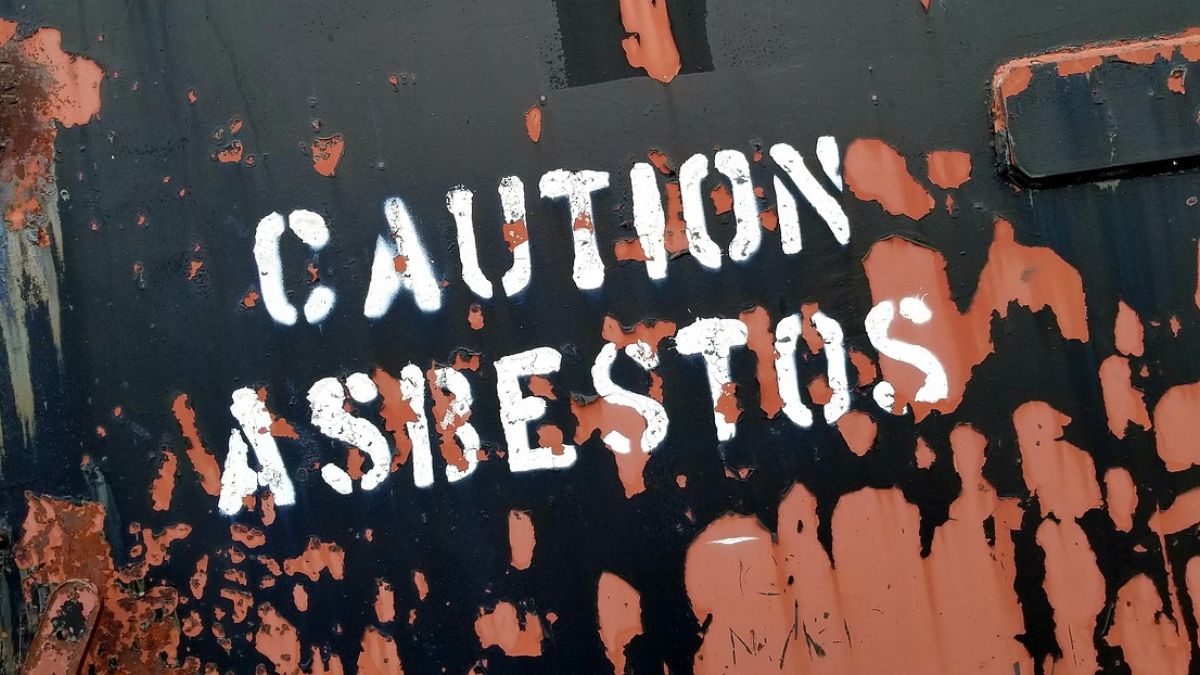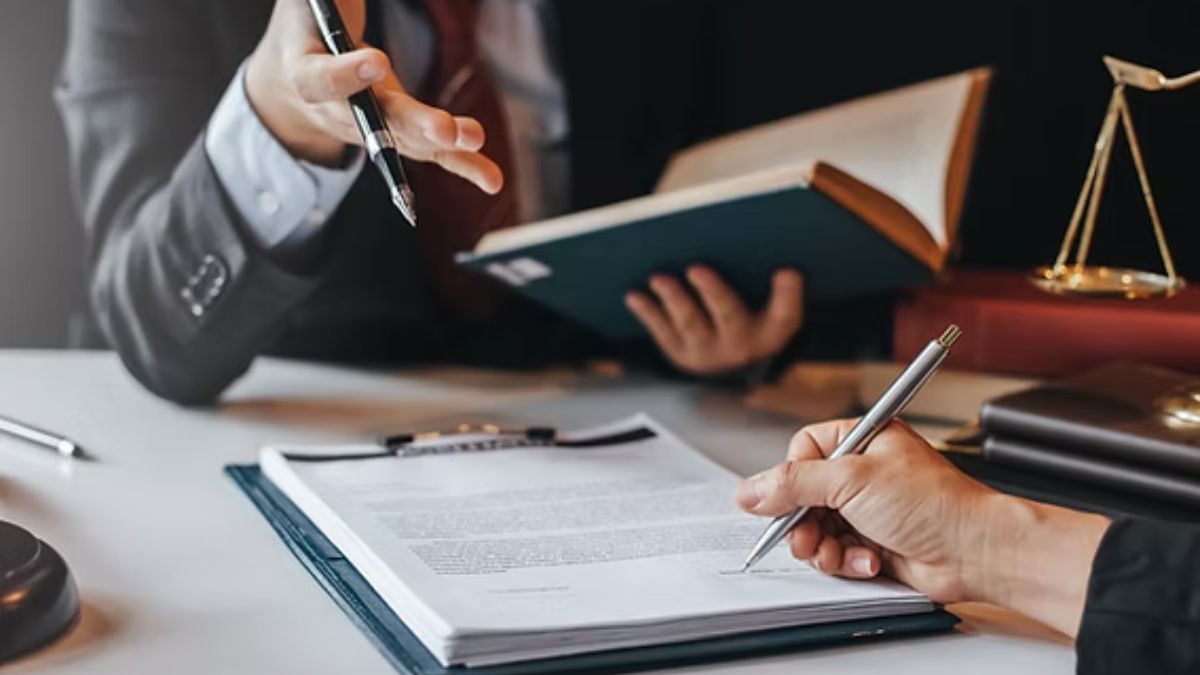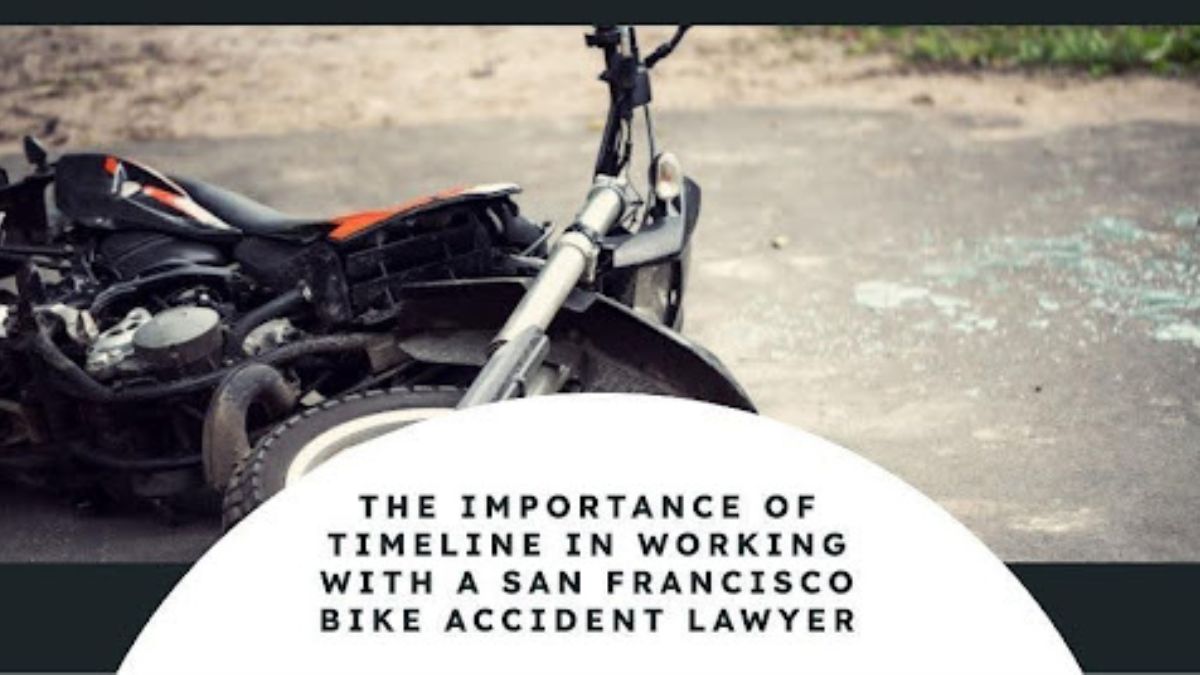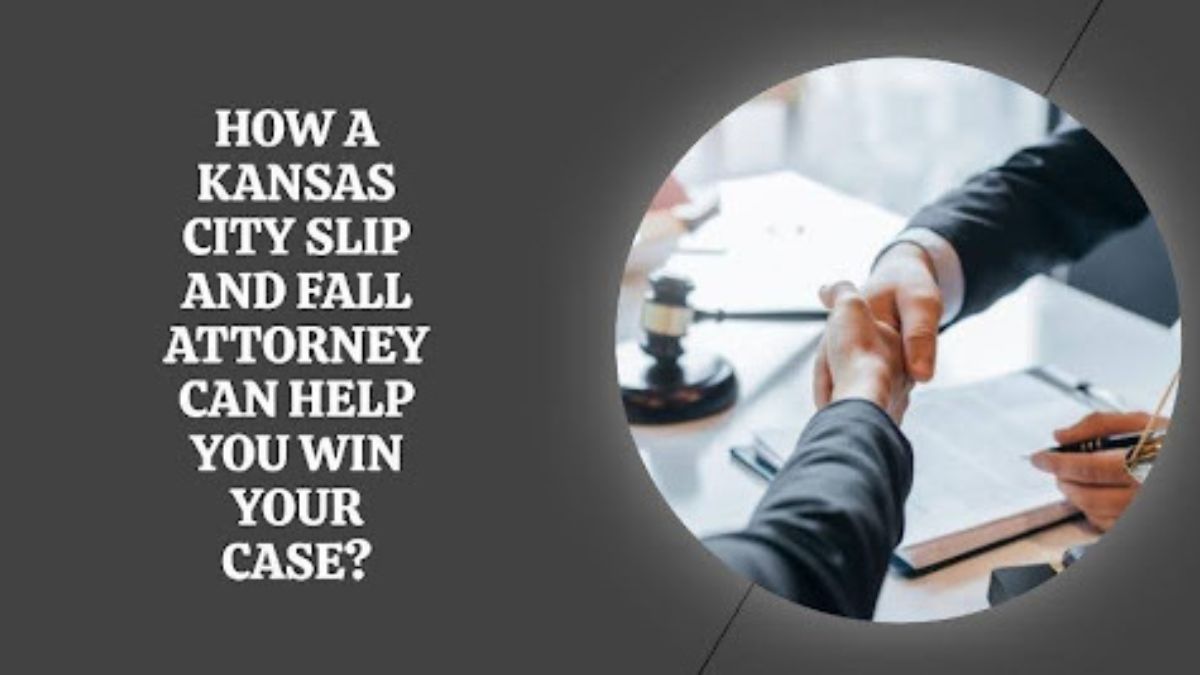LAW
The Silent Threat Of Asbestos In Everyday Environments

Stepping into one’s home should evoke a sense of security and comfort, yet for some, an invisible threat may wait behind the walls. This unsettling reality confronts many who have unknowingly resided or worked in structures contaminated with asbestos. It was once regarded as a miraculous material due to its remarkable fire-resistant properties.
However, asbestos has since revealed a darker side that poses significant health hazards. The consequences of asbestos exposure have echoed through the lives of workers, families, and entire communities for decades. Its impact reaches far and wide, from the dusty attics of historic buildings to the cramped engine compartments of naval vessels.
The legacy of this substance touches countless individuals across diverse backgrounds and professions. This article aims to shed light on the multifaceted issues surrounding asbestos exposure. Let us examine its far-reaching effects on human health, legal implications, and ongoing efforts to address its lasting presence in our world.
Going Back In History
The late 19th century marked the beginning of commercial asbestos production in North America. However, it was the 20th century, particularly during and after World War II, that saw its widespread adoption. This versatile material boasts an impressive range of qualities: flexibility, lightweight, and remarkable resistance to heat, fire, chemicals, and electricity.
These attributes led many to view asbestos as nature’s gift to industry. It found its way into countless applications, from construction materials in homes, schools, and offices to essential components in shipyards. Automotive manufacturers incorporated it into critical parts, and even the textile industry embraced this seemingly miraculous fiber. However, in the 1970s, a troubling reality began to emerge.
When inhaled, asbestos can be fatal due to its very own characteristics that make it so desirable. These tiny fibers, which were formerly praised for their resilience and strength, have the potential to lodge in human lungs. They would silently cause serious health issues that may not show symptoms for years or decades.
The Fatal Exposure
Asbestos exposure inflicts a wide range of devastating effects on the human body. Consider the fragile membranes that line the chest and abdominal cavities. These delicate tissues can become the site of mesothelioma, a rare and aggressive cancer triggered by asbestos fibers. Yet this is just one facet of asbestos’s harmful impact.
When inhaled, these microscopic fibers can create havoc throughout the respiratory system. They have the potential to induce cancers in the throat and lungs, transforming the act of breathing into life-threatening trouble. Remarkably, even organs seemingly distant from the respiratory tract, such as the ovaries, can fall victim to asbestos’s far-reaching effects.
The grave health consequences of asbestos exposure have sparked a wave of legal action. Shockingly, 3,787 asbestos lawsuits were filed by affected individuals seeking justice and compensation in 2023 alone. Over the past decade, from 2014-2o23, there have been a total of 43,212 filings by victims of asbestos exposure.
Too Many Negatives
The hazards of asbestos extend far beyond its carcinogenic properties. Envision lungs gradually lose their elasticity, becoming rigid and scarred. This is the reality of asbestosis, a chronic lung condition that leaves those affected struggling with each breath and their respiratory capacity diminishing over time. Asbestos exposure can trigger a range of pleural and pulmonary disorders.
These range from the formation of pleural plaques to the accumulation of fluid around the lungs. While some of these conditions, such as pleural plaques, may not directly progress to cancer, they serve as stark indicators of past asbestos exposure. More concerning is that their presence may signal an elevated risk of developing lung cancer in the future.
The insidious nature of asbestos-related diseases means that certain professions face disproportionate risks. According to TorHoerman Law, occupations such as firefighting, plumbing, electrical work, and mining carry a higher likelihood of asbestos exposure. These workers, often unaware of the danger, may encounter asbestos in various forms throughout their careers.
Attempt Towards A Safer Future
As understanding of asbestos dangers grew, a demand for change emerged. Worker safety became a top priority, with new regulations focusing on protecting those at greater risk. The human cost associated with asbestos has prompted over 60 countries to implement outright bans on the material. Despite its decline, many older structures still inhibit asbestos in their walls.
In the U.S., the Environmental Protection Agency has taken significant steps to control asbestos exposure. This has been done by recognizing the urgent need to protect public health. While asbestos has been phased out of most industries, it still lurks in unexpected places. Surprisingly, raw asbestos continues to be used in certain sectors of the chemical industry.
It is also present in some recently imported brake components and a handful of other industrial products. This persistent presence of asbestos in modern society underscores the challenges of completely eradicating a once-ubiquitous material. It emphasizes the need for rigorous safety standards, ongoing research, and public awareness campaigns.
Frequently Asked Questions (FAQs)
What are the common sources of asbestos exposure?
Asbestos exposure typically occurs in occupational settings, particularly in industries such as construction, shipbuilding, and manufacturing, where asbestos-containing materials are frequently used. Common sources include insulation materials, roofing shingles, floor tiles, cement products, and brake linings. Older homes and buildings may still contain asbestos, posing a risk during renovations or demolition.
How can you tell if you’ve been exposed to asbestos?
Asbestos exposure is often difficult to detect because it often takes 20 to 50 years to manifest. If you worked in industries or lived in environments where asbestos was present, you may have been exposed. Symptoms of asbestos-related diseases include shortness of breath, chronic cough, chest pain, and, in severe cases, respiratory failure.
What should you do if you suspect asbestos in your home or workplace?
If you suspect asbestos, avoid disturbing it to prevent releasing harmful fibers into the air. Do not attempt to remove or handle asbestos-containing materials yourself. Instead, contact a licensed asbestos professional who can assess the situation and safely manage or remove the asbestos if necessary.
This journey towards a safer, asbestos-free world requires a multifaceted approach involving continued scientific research, stringent regulatory oversight, and enhanced public education. It also calls for innovative solutions in the fields of environmental remediation and medical treatment for asbestos-related diseases.
As we learn from this chapter in our industrial history, we must strive to apply these lessons to emerging technologies and materials. We must ensure that the pursuit of progress does not come at the cost of human well-being. Ultimately, the story of asbestos challenges us to envision a future where scientific innovation and public health concerns work in harmony.
LAW
Empowering Legal Rights: Key Considerations When Hiring a Personal Injury Lawyer

Introduction
Hiring a personal injury lawyer is a pivotal decision that can significantly influence the trajectory of your legal journey. When you or a loved one suffers due to another’s negligence, navigating the legal landscape can be complex and overwhelming. This comprehensive guide aims to give you the knowledge needed to effectively choose an attorney to support and advocate for your rights. By understanding the nuances of the legal process, you will be better positioned to secure a satisfactory resolution.
The Importance of Choosing the Right Lawyer
Selecting the right personal injury lawyer near me is vital to achieving a favorable outcome in your case. The lawyer’s role extends beyond representing you in court; it encompasses negotiating settlements with insurance companies and providing guidance throughout the legal proceedings. The right lawyer will tirelessly advocate for you, ensuring your best interests are at the forefront. By choosing a lawyer with a solid reputation and a history of winning cases similar to yours, you can mitigate stress and enhance the probability of obtaining the compensation you deserve.
Understanding Qualifications and Experience
When evaluating potential lawyers, take the time to delve into their qualifications and experience. It’s crucial to find someone specializing in personal injury law and with a proven track record of successful outcomes. An attorney’s experience should include handling various personal injury claims, from automobile accidents to slip-and-fall cases. Additionally, understanding their reputation within the legal community and among clients can provide insight into their capabilities.
Moreover, consider an attorney skilled in related fields if you’re dealing with broader legal issues alongside personal injury, such as property matters or family law. For instance, if you need assistance with estate matters, seeking an estate lawyer in Westerville OH, ensures you have specialized knowledge pertinent to your needs. A lawyer who can link their insight across different legal domains can be invaluable, providing a holistic approach to your legal challenges.
Initial Consultation and Preparation
The initial consultation represents your opportunity to interview prospective lawyers and assess their suitability. Prepare by crafting a list of pertinent questions that address their experience with cases like yours, how they plan to handle your case, and their approach to settlements and litigation. Evaluate their communication style, attentiveness, and ability to explain complex legal terms in layperson’s terms. This lawyer listens to your concerns, responds comprehensively, and will more likely advocate for you effectively.
During this meeting, it’s vital to discuss the potential outcomes, possible strategies, and the timeline of your case. Reviewing these aspects gives you a clearer picture of what to expect and how the lawyer plans to pursue your best interests. The consultation should leave you feeling informed and confident in their ability to represent you.
Fee Structures and Cost Considerations
Understanding the financial aspect of hiring a lawyer is crucial to avoid unexpected costs. Most personal injury attorneys operate on a contingency fee basis, where their payment depends on winning the case. However, it is essential to clarify what percentage of the settlement they will take and any additional fees that might be incurred. Transparent discussions about fees ensure you are adequately prepared for potential expenses.
Please obtain a written agreement that outlines the financial arrangement. This document should detail everything, including extra services or charges beyond the contingency fee. With a clear understanding of the cost structure, you can proceed with greater confidence, knowing there won’t be unwelcome financial surprises.
Ensuring Clear Communication
Effective communication with your lawyer is vital for a smooth legal process. A lawyer who maintains regular updates, explains complex legalities succinctly and provides clear guidance empowers you to participate actively in your case. Good communication fosters a strong client-lawyer relationship built on trust and transparency.
Ensure your lawyer is accessible through various communication methods, whether by phone, email, or in-person meetings. Open channels of communication help address concerns in a timely manner and adjust strategies as necessary, minimizing misunderstandings and promoting a unified approach to your case.
Understanding the Legal Process
A comprehensive understanding of the stages involved in a personal injury claim can demystify the legal process, making it less daunting. The legal journey typically involves filing a complaint, discovery, negotiations, and potentially a trial. Each stage presents unique challenges and opportunities that your lawyer will navigate on your behalf.
Your lawyer should clarify each process phase, outlining your options and potential outcomes. This knowledge allows you to make informed decisions, from selecting witnesses and evidence to the final settlement. Being well-versed in your case’s progression enhances engagement and contributes to a more efficient resolution.
Recent Developments in Personal Injury Law
The landscape of personal injury law is continually evolving, with new precedents and legislation emerging regularly. Staying current with these developments ensures your lawyer can apply the latest legal standards and tactics to your advantage. Attorneys who keep abreast of these changes are often better equipped to anticipate challenges and craft innovative solutions.
While it’s the lawyer’s responsibility to remain updated, your awareness of pertinent legal changes can also be beneficial. It allows for more informed discussions and collaborative strategizing, aligning efforts toward achieving a favorable outcome in your case.
Conclusion
Securing the expertise of a well-qualified personal injury lawyer is a critical step toward seeking justice and obtaining fair compensation. By understanding the lawyer’s qualifications, fee structures, and the importance of clear communication, you can make informed decisions that enhance your case’s likelihood of success. Navigating the intricate legal system can be overwhelming, but with the right legal partner, you gain clarity and confidence, ensuring your rights and interests are vigorously advocated. Armed with this information, you’re prepared to embark on your legal journey with assurance and resolve.
LAW
The Importance of Timeline in Working With a San Francisco Bike Accident Lawyer

As you navigate a San Francisco bike accident claim, the timeline is critical. You must document the incident promptly, meet strict filing deadlines, and understand the statute of limitations. Your lawyer will handle negotiations to protect your rights. Carefully managing the timeline is key to a favorable outcome – there’s more to learn about this process.
Key Takeaways
- Strict deadlines for accident report submission and claim filing must be met to avoid jeopardizing the case and compensation.
- A lawyer ensures complete and prompt documentation, handles all communications, and protects the client’s rights.
- Understanding the 2-year personal injury claim deadline in California is crucial to avoid the court dismissing the case.
- Lawyers handle all communications and negotiations, advocating for a fair resolution and maximum compensation.
- Lawyers present a detailed account of injuries, expenses, and lost wages to negotiate a fair settlement and counter unreasonable offers.
Documenting the Bicycle Accident
Documenting the bicycle accident is pivotal when working with a San Francisco bike accident lawyer like Walkup, Melodia, Kelly & Schoelnberger. You’ll need to gather essential details such as the date, time, location, and contact information for any witnesses.
Be sure to take photos of the accident scene, your injuries, and any property damage. Additionally, obtain a copy of the police report and your medical records. This evidence will help your lawyer build a strong case and negotiate a fair settlement on your behalf.
Don’t wait to start collecting this information—the sooner you document the accident, the better. Your lawyer will guide you through the process and ensure you meet all deadlines to protect your rights.
Timely Filing of Claims
When working with a San Francisco bike accident lawyer, it’s absolutely critical to file your claims in a timely manner. There are strict deadlines set for submitting accident reports, and failing to meet these deadlines can seriously jeopardize your case, undermining your chances of recovering the compensation you rightfully deserve.
Engaging a knowledgeable lawyer ensures that all required documentation is not only complete but also filed promptly to adhere to legal timelines. Additionally, your lawyer will manage all communications and other parties involved, effectively safeguarding your rights throughout the entire process.
This professional support allows you to focus on your recovery without the added stress of navigating legal complexities on your own. Don’t wait to take legal action; the sooner you begin collaborating with a lawyer, the better your chances of achieving a favorable outcome. Timeliness is essential when it comes to protecting your interests and securing the compensation you need to move forward.
Understanding Statute of Limitations
The statute of limitations is a key factor when working with a San Francisco bike accident lawyer. It’s the deadline by which you must file your bike accident claim.
In California, the statute of limitations for personal injury claims is two years from the date of the accident. This means you have only 24 months to take legal action. Failing to file your claim within this time frame could result in the court dismissing your case.
Your lawyer will guarantee you understand the timeline and meet all deadlines to protect your right to compensation.
Negotiating a Fair Settlement
Although your San Francisco bike accident lawyer will handle the negotiations, you should understand the process. Negotiating a fair settlement involves:
- Presenting a detailed account of your injuries, medical expenses, and lost wages
- Discussing the extent of the driver’s liability and your damages
- Evaluating the settlement offer and determining if it’s reasonable
- Collaborating with your lawyer to counter the offer if necessary
Your lawyer will advocate for your best interests, but being informed about the negotiation process can help you make informed decisions and achieve a favorable outcome.
Final Words
When you’ve been involved in a biking accident, the race against the clock begins almost immediately. It is crucial to act swiftly and deliberately to safeguard your rights and interests. First and foremost, don’t let the opportunity to document the details of the accident slip through your fingers. Take pictures of the scene, gather witness information, and jot down everything you remember about the incident. Promptly filing claims is essential, as delays can compromise your ability to secure a fair settlement.
Navigating the complex legal landscape after an accident can be overwhelming, which is why enlisting the help of a skilled San Francisco bike accident lawyer is vital. They will act as your wingman, guiding you through the intricacies of the law and fighting vigorously on your behalf. A knowledgeable attorney will understand deadlines and legal nuances that can affect your case.
By working together, you can ensure that you achieve a fair settlement that addresses your medical expenses, lost wages, and emotional distress. Act quickly and decisively—before the window of opportunity closes, allowing you to focus on recovery with peace of mind.
LAW
How a Kansas City Slip and Fall Attorney Can Help You Win Your Case?

If you’ve been injured in a Kansas City slip and fall, an experienced attorney can help you navigate the legal process, investigate the accident, determine liability, and guide you through the court system. They’ll ensure you maximize your compensation and get the full recovery you deserve. To learn more about how a Kansas City slip and fall attorney can help, keep reading.
Key Takeaways
- A Kansas City slip and fall attorney can help investigate the accident and gather critical evidence to establish the property owner’s negligence.
- An experienced attorney can negotiate with the responsible party to secure full and fair compensation for medical expenses, lost wages, and pain and suffering.
- The attorney’s guidance can be invaluable in navigating the legal process, including filing a claim, participating in discovery, and preparing for trial if necessary.
- A skilled slip and fall lawyer can maximize the compensation you receive by proving the hazardous condition led to your injuries and calculating the appropriate damages.
- With an attorney’s expertise, you can focus on your recovery while they handle the legal complexities of your slip and fall case.
Understanding the Legal Process
If you’ve been injured in a slip and fall accident, understanding the legal process is crucial to building a successful case. Slip and fall accidents can often lead to significant injuries, and you’ll need to file a claim, gather evidence, and potentially negotiate with the defendant. An experienced slip and fall attorney can guide you through each step, ensuring you meet deadlines and provide the necessary documentation.
They’ll also handle communications with the other side, allowing you to focus on your recovery. With their knowledge of local laws and procedures related to slip and fall accidents, they can strengthen your case and increase your chances of obtaining fair compensation for your injuries and losses.
Investigating the Accident and Collecting Evidence
Immediately after a slip and fall incident, you’ll need to assess the accident scene. Next, gather any available witness statements. Finally, thoroughly document your injuries to support your case.
Assessing the Scene
When evaluating the scene, it’s crucial to thoroughly investigate the accident and collect all relevant evidence. Inspect the area where the fall occurred, looking for any hazardous conditions like wet floors, uneven surfaces, or debris. Take photos and measurements to document the scene.
Speak with any witnesses and obtain their contact information. Gather any security camera footage that may have captured the incident. Secure the shoes or clothing you were wearing at the time, as they could provide important clues.
Gathering Witness Statements
Gathering witness statements is a crucial step in building a robust slip and fall case. You’ll want to speak with anyone who witnessed the accident or was in the vicinity at the time. Obtain their full names, contact information, and detailed accounts of what they observed. These statements can provide essential evidence to support your claim.
Remember to ask witnesses if they noticed any hazardous conditions that may have contributed to the fall. Their testimony could be pivotal in your case. Be thorough in your investigation, as witness evidence often plays a crucial role in slip and fall cases.
Documenting Injuries
Once you’ve secured witness statements, it’s vital to document your injuries thoroughly. Take photos of any visible bruises, lacerations, or swelling. Get copies of your medical records, including diagnosis, treatment, and any prescribed medication or therapy.
If you’d to miss work, gather documentation from your employer. Maintain a record of your recovery process, including any pain, discomfort, or limitations in your daily activities. This evidence will help your Kansas City slip and fall attorney build a strong case and maximize your potential compensation. Careful documentation of your injuries is indispensable to winning your slip and fall case.
Determining Liability and Calculating Damages
To win a slip and fall case, you must first establish liability and determine the appropriate damages. You’ll need to prove the property owner’s negligence led to your injuries. This involves showing they created or failed to address a hazardous condition.
Then, you’ll calculate your damages, including medical expenses, lost wages, and pain and suffering. Documentation is key – gather receipts, pay stubs, and medical records.
An experienced attorney can help navigate this process, ensuring you receive the full compensation you deserve for your slip and fall accident.
Navigating the Court System
Why do you need to traverse the court system when pursuing a slip and fall case? Slip and fall lawsuits often end up in court, so you’ll need to understand the process.
You’ll file a complaint, participate in discovery, attend mediation, and possibly go to trial. An experienced attorney can guide you through each step, ensuring deadlines are met and your case is presented effectively.
They’ll negotiate with the opposition, handle paperwork, and advocate for your best interests. Maneuvering the court system can be complex, but with a skilled lawyer, you’ll increase your chances of a favorable outcome.
Ensuring Maximum Compensation
Securing the maximum compensation you’re entitled to is vital. You’ll need to document your damages meticulously and negotiate aggressively with the responsible party.
Maximize Compensation Recovery
When pursuing a slip and fall case, maximizing your compensation recovery should be a top priority. To do so, work closely with your Kansas City slip and fall attorney. They’ll guarantee you document all your expenses, from medical bills to lost wages.
Their expertise will help you recover the maximum damages allowed, including pain and suffering. With their guidance, you can build a strong case to get the full and fair compensation you deserve. Don’t leave money on the table – let your attorney fight to maximize your recovery and get you the best possible outcome.
Securing Fair Settlement
Crafting a fair settlement is essential to ensuring you receive maximum compensation in your slip and fall case. Your Kansas City slip and fall attorney will negotiate skillfully with the defendant, leveraging the evidence to demonstrate the extent of your injuries and losses.
They’ll fight to secure a settlement that covers your medical expenses, lost wages, and any ongoing care needs. By having an experienced legal advocate on your side, you can feel confident that you’re getting the full and fair compensation you deserve, without the stress of maneuvering the process alone.
Conclusion
With a Kansas City slip and fall attorney on your side, you’ll have the power of experience to navigate the legal system and fight for the compensation you deserve. Like a seasoned mountaineer guiding you through treacherous terrain, they’ll guarantee you reach the summit of a successful case, armed with the evidence and strategy to overcome any obstacles. Don’t face this challenge alone – let your Kansas City slip and fall attorney be your trusted sherpa.
-

 TOPIC5 months ago
TOPIC5 months ago7 Expert Tips For Choosing The Best Basement Renovation Companies
-

 BUSINESS1 day ago
BUSINESS1 day agoTop 5 Features of Sowix Online That Every User Should Know About
-

 TOPIC5 days ago
TOPIC5 days agoWhy Greece Katz Martian Has Everyone Talking in 2025
-

 TOPIC11 hours ago
TOPIC11 hours agoTop Features of BetterThisWorld .com You Need to Know About
-

 FINANCE2 months ago
FINANCE2 months agoHow TraceLoans Can Simplify Your Finances
-

 BIOGRAPHY2 months ago
BIOGRAPHY2 months agoFrom Reality Star to Business Mogul: Prince Narula Digital PayPal
-

 TOPIC3 months ago
TOPIC3 months agoExploring Sifangds: The Hidden Gem of Modern Design
-

 TOPIC3 weeks ago
TOPIC3 weeks agoKashito_Toto Explained: What You Should Know in 2024
